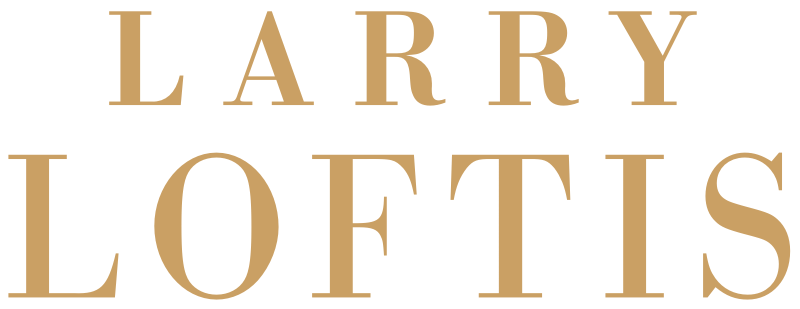FBI Skullduggery: Was J. Edgar Hoover Criminally Negligent or Treasonous?
ON THIS DAY, September 3, 1941—the stage was set for the biggest scandal in American history. On this date, FBI Director J. Edgar Hoover received from his lab a report detailing the findings regarding several items given to the Bureau two weeks earlier by British double agent, Dusko Popov. Among the items—which included Virginia Woolf's Night and Day, used by the Germans for transmitting code—were four microdots hidden on innocuous papers.
The microdots were significant in two ways. First, the dots represented an ingenious form of spycraft perfected by the Germans. On a spec of collodion film no larger than a period, secret messages up to half a page of typewritten text could be placed. Attached to paper—a letter, invoice, or utility bill—the dots were virtually undetectable. When a spy reached his ultimate destination, he would place the paper and dot under a microscope to read the entire text.
Second, the microdots carried by Popov were of vital national security interest as they contained the entire text of a two-page German questionnaire, Popov's instructions while he was in the United States. Forty percent of the questionnaire pertained to the defenses at Pearl Harbor. No less than eleven times Hawaii, Pearl Harbor, or individual sites (i.e., Hawaii's airfields—Wickam, Wheeler, Luke, Rodgers, PanAmerican—and Kaneohe naval air base) were mentioned. The Germans wanted to know Pearl Harbor's water depth, layout of the submarine station, number of mooring berths, location of munitions storage, details of torpedo nets, and much more.
In the image above, the top two dots reveal the first half of Popov's questionnaire, and pertain primarily to Hawaii and Pearl Harbor. The dots on the bottom row, which pertain to U.S. and Canadian aircraft production and pilot training, is what Hoover sent to FDR.
What Hoover would have quickly realized is that the microdots contained the exact text of the questionnaire forwarded to him on August 19, 1941 by FBI Assistant Director, Earl Connelley. As Connelley noted in his letter, he and FBI Special Agent Charles Lanman had met with Popov and his MI6 supervisor, Dick Ellis, the day before at New York's Commodore Hotel. In that three-hour meeting, Connelley wrote, Popov and Ellis provided the Americans with a translated copy of Popov's questionnaire. Connelley attached the questionnaire to his letter.
Popov passed along his spycraft—codebook, secret ink crystals, and microdots—to agent Lanman in a separate meeting at the Lincoln Hotel on August 19. Six days later, on August 25, Lanman personally delivered the items to the FBI lab in Washington, which forwarded the results to director Hoover on September 3.
What Hoover didn't do with Popov's information is alarming enough; he didn't forward the questionnaire—the answers to which were to be passed by Popov's German supervisor to the Japanese—to President Franklin D. Roosevelt or to Naval Intelligence. He didn't send a copy of the document to the Commander of the U.S. Pacific Fleet, Admiral Husband Kimmel. He made no phone calls. Hoover told no one. Ever.
What Hoover did do—as one former Commander of the U.S. Pacific Fleet wrote after reading details in Into the Lion's Mouth—bordered on treason. When the FBI director received the lab report on September 3, 1941, he sent a letter to Major General Edwin Watson, FDR's secretary, for presenting to the President. Did the letter contain Popov's Pearl Harbor questionnaire, which the director received two weeks earlier? No. Did the letter contain the reproduction of all four microdots, revealing the questionnaire in full? No. Did Hoover warn the president about the content of the questionnaire or microdots? No.
J. Edgar Hoover made no mention of the questionnaire, and only identified the microdots as a new form of German secret communication ... which the FBI secured "in connection with a current investigation." Not only that, he actively hid the sections of the questionnaire pertaining to Hawaii. Of the four dots, two were comprised almost entirely of requests relating to the Pearl Harbor naval base and supporting airfields. But what Hoover sent to FDR was the translated text of the other two dots, which pertained to U.S. and Canadian aircraft production and pilot training.
After the Japanese attack on December 7, 1941, Hoover continued to keep Popov's questionnaire classified. There were eight Pearl Harbor investigations over the ensuing years, and not once did Popov's name or questionnaire surface. The British, Hoover knew, could say nothing due to their Official Secrets Act, the violation of which entailed fine and/or imprisonment.
Through sleight of hand and subterfuge, it seems, Hoover had perfected Lord Chesterfield's axiom: "There are some occasions when a man must tell half his secret in order to conceal the rest."



